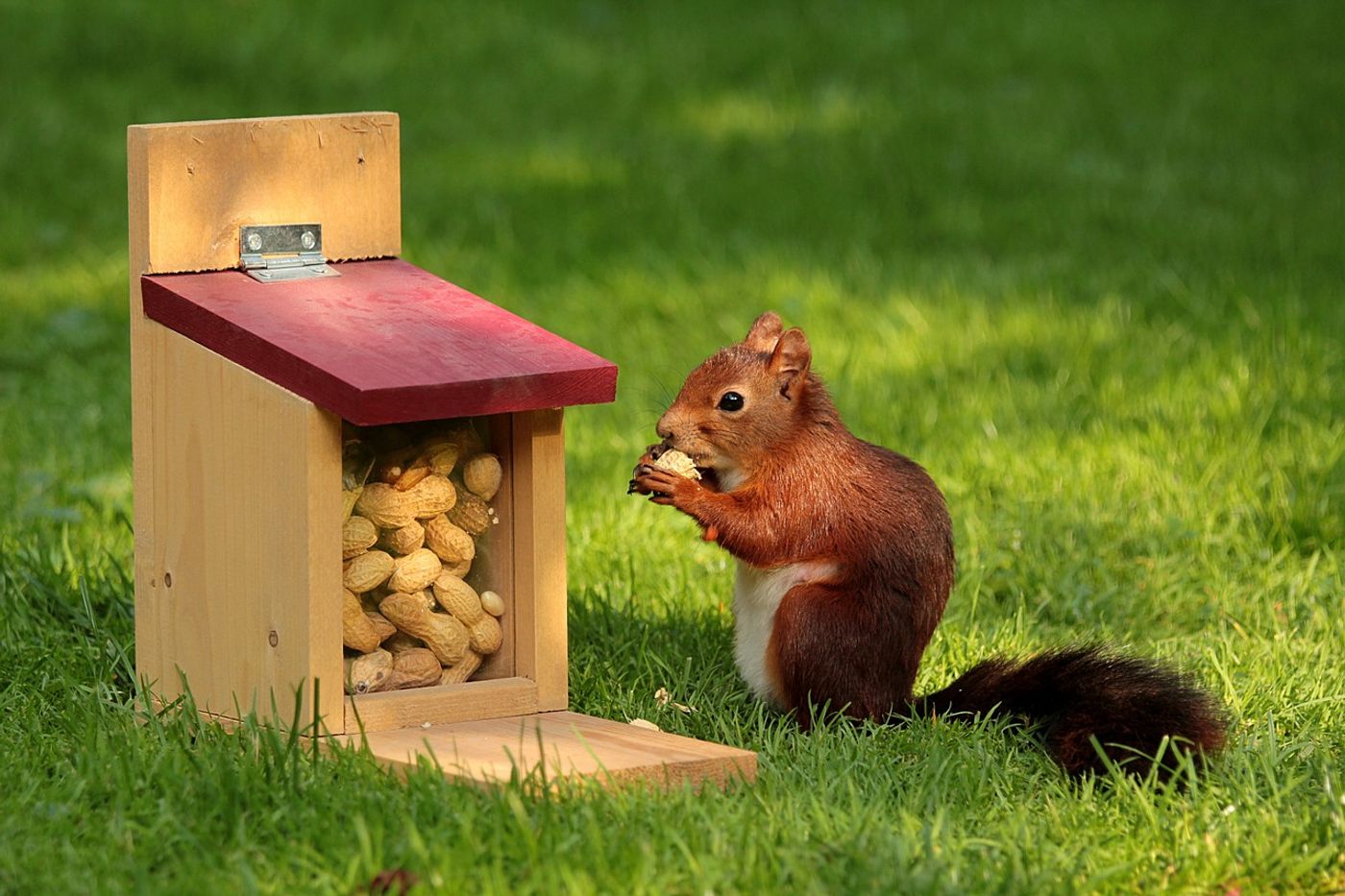Fox Squirrels Use 'Chunking' Technique to Organize Nuts, Study Finds
Squirrels are known for their love of nuts; they pick up all different kinds from the ground and then cache them away for later, but keeping track of so many nut caches at one given time can be a stressful job.
Understanding how squirrels remember where they cache all their food stashes is a concept that has long baffled experts, but a new study conducted by UC Berkley researchers highlights previously-unknown techniques that fox squirrels might use to organize and remember their stash locations.
Image Credit: Oldiefan/Pixabay
Published in the journal Royal Society Open Science, the results of the study reveal how squirrels seem to use a cognitive strategy known as “chunking,” which is where the brain keeps similar information or objects grouped to make remembering things from day-to-day easier.
Much like you group like foods together in your kitchen pantry or refrigerator for organization purposes, squirrels may organize their nut caches in similar ways. They do this to make finding their stashes easier, much like it’s easier to find organized food in your kitchen than it would be to try finding food you’ve randomly placed around the house.
The researchers tracked the movements of 45 fox squirrels over a period of two years, allowing them to take note of their nut-caching areas and the types of nuts they'd keep together. To their surprise, they found patterns.
“This is the first demonstration of chunking in a scatter-hoarding animal, and also suggests that squirrels use flexible strategies to store food depending on how they acquire food,” said study lead author Mikel Delgado.
“Squirrels may use chunking the same way you put away your groceries. You might put fruit on one shelf and vegetables on another. Then, when you’re looking for an onion, you only have to look in one place, not every shelf in the kitchen,” said study senior author Jacobs.
Related: Red squirrels are known to carry Leprosy bacteria
The squirrels cached all sorts of nuts, including almonds, hazelnuts, pecans, and walnuts. On the other hand, their behavior differed depending on how and where they gathered their food source.
The researchers go on to explain that squirrels foraging at a precise location more than once were more likely to organize their nut collections by species. They would bury them in separate groups, making returning and gathering a particular type of food easier.
On the other hand, squirrels that foraged all over the place were less likely to organize by nut type. Instead, they would cache their nuts in different locations, avoiding places where they already buried their nuts previously.
“These observations suggest that when lacking the cognitive anchor of a central food source, fox squirrels utilize a different and perhaps simpler heuristic (problem-solving approach) to simply avoid the areas where they had previously cached,” the researchers note from the observations mentioned above.
Despite how polarizing each case is to the other, both show an advanced level of organization that help the fox squirrels find their cached food more quickly when they're hungry.
Not only did this study highlight an advanced organization technique in the squirrels' caching, but it also illustrated a higher level of intelligence in the animals that researchers haven't observed previously.
Further studies may go on to learn whether different squirrel species or those that live in other regions of the world cache their nuts in similar ways.
Source: UC Berkley









